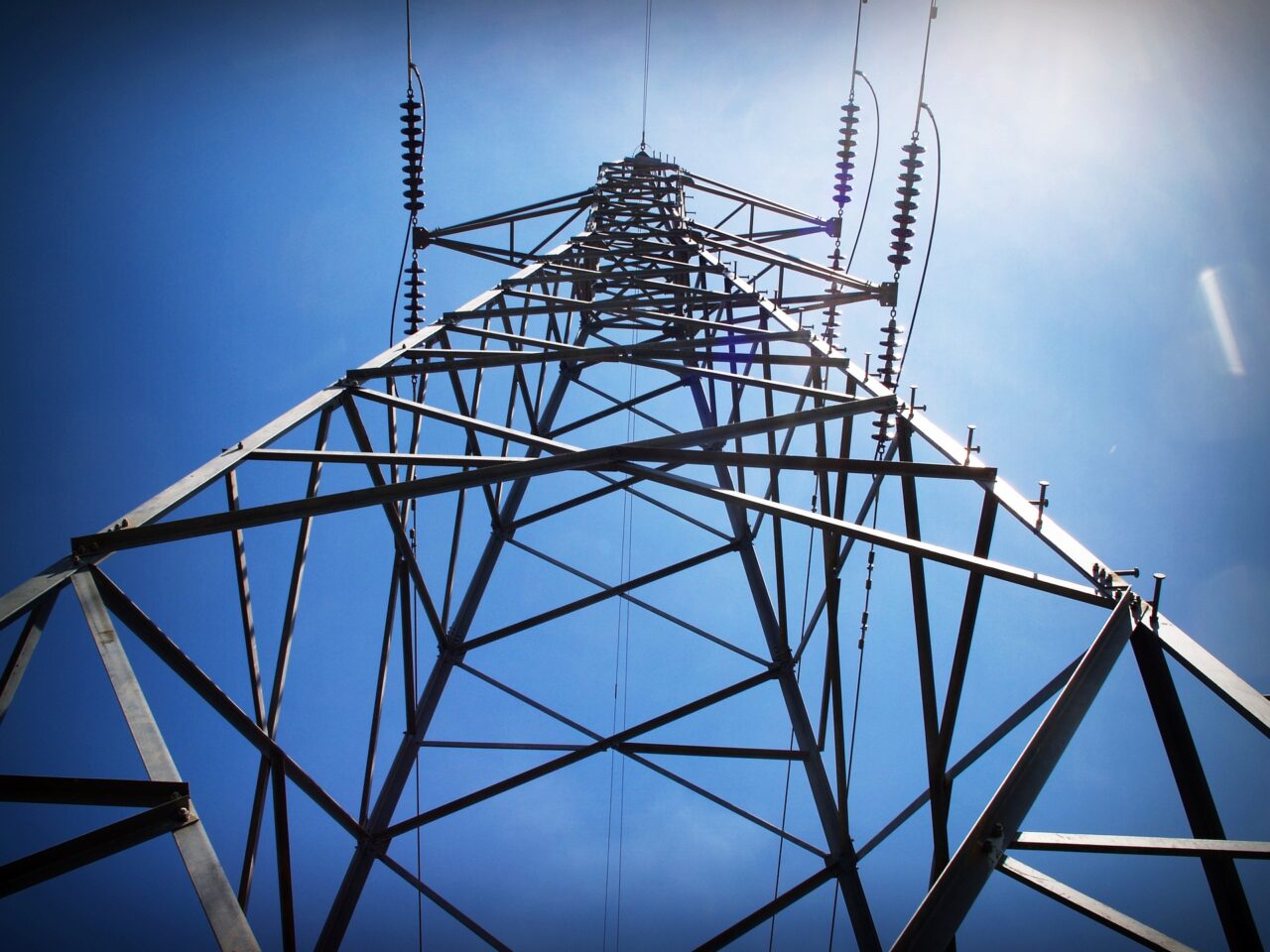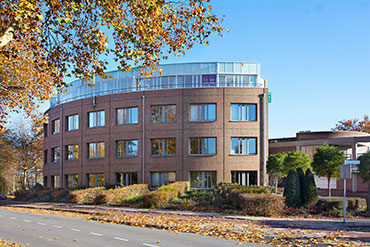The huge increase in decentralised renewable electricity generated mainly from solar panels and wind turbines is beginning to slow down the energy transition. There is even a so-called transport scarcity: local electricity networks can no longer cope with the supply. It seems that the expansion of the electricity grid will only be possible within a period of 5 to 10 years. That is why creative solutions are needed in the intervening years to ensure progress in the energy transition. Creative solutions in which CCS likes to think along.
Classification of the electricity grid
The electricity network in the Netherlands is divided into a national high-voltage network and regional medium-voltage and low-voltage networks. Tennet is responsible for the high-voltage grid, but the regional grids are the responsibility of the local grid operators. In the past, electricity went from the power plant via the high-voltage grid via substations to the increasingly smaller local networks. Nowadays, however, more and more electricity is generated locally. The local networks have to deal with more and more power, while the transmission capacity of these networks cannot cope with this new power at all. In particular, medium-sized and large solar parks, with high peak power levels around noon, are causing more and more problems.

Demarcation of regional network operators and their areas of responsibility
In order to obtain the SDE+ subsidy that is often required for the realisation of solar parks, a transport indication is now required, in which the grid operator indicates that there is still capacity in the region in question to connect the solar park.
Problem areas
However, these transport indications are snapshots. In many cases it will not be possible to realise an SDE+ subsidy because, by the time the project has to be realised, there will no longer be any space available on the electricity grid. Particularly in large parts of the Northern Netherlands, where many large solar parks have recently been put into operation, there is currently no more transport capacity available. These areas can be seen on the maps below. Once you have finally obtained the permit, obtained the subsidy and arranged the financing, the transport shortage suddenly throws a spanner in the works. In these cases it is necessary to look for creative solutions.

Transport scarcity in the Enexis area in the north-east of the Netherlands

Transport scarcity in the Liander area
Of course, we can go down the legal route first. Network operators have an obligation to connect anyone who wishes to do so to the electricity grid. But that does not solve the problem of transport scarcity. What happens when it really is no longer physically possible to connect any more power? Network operators simply cannot meet their obligation then.
Alternatively, they can look for local large consumers who are able to use (part of) the production directly. Think of industrial companies or, for example, the rail network. This type of connection would be practically possible, but could legally come up against some objections. In addition, it always requires customisation and you have to come to an agreement with various market parties who have no obligations whatsoever. It is not surprising that few companies are keen on this complex solution.
A better solution
There is a more realistic solution. After all, it is possible to combine the peak production of a solar park with the local storage of renewable energy. With these much smaller connections it is possible to distribute the produced energy evenly over a day. People quickly think of battery systems, which are often very expensive. But we at CCS Energie-advies have a different idea!
It is in fact possible to combine a solar park with a biogas installation that uses a CHP (combined Heat and Power). This is a cheap solution that doesn’t really need any extra investment. In addition, this is a solution that is particularly suitable for the outlying area, exactly where there is the greatest scarcity of transport! The moment the solar park produces energy, the CHP has to be temporarily switched off, or even completely switched off. This means that the CHP does not convert biogas into energy for a certain period of time. The gas roof of the digester can be used as a buffer at those times. When the solar farm produces less or no more energy, the CHP can still convert the stored biogas into electricity. For example, extra energy can be supplied at night when solar parks are not functioning.
This solution is similar to switching off coal-fired power stations, but has a major additional advantage: the solar park and the CHP can be connected to the local electricity grid on the same connection.
Our CHP solution is not the only solution. There are many more creative solutions possible! Are you stuck with the connection of your solar farm? CCS is happy to think along with you for a solution fit for your situation. In doing so, the locally available options are always leading. Please contact our specialists for more information!
About this article
17 June 2020 / Author:

